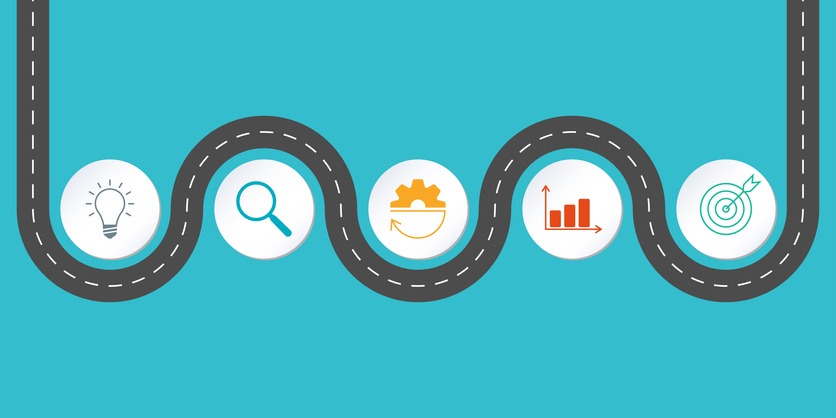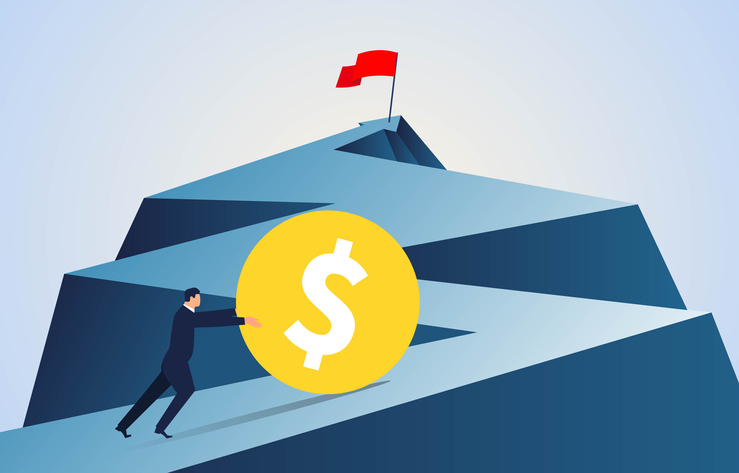4 Considerations for Your Customer Readiness Strategy
For a typical company in the start-up or growth phase, it’s common to go through a period of furiously creating new features to stay ahead of its competition. It often involves deploying multiple releases each month; incorporating Voice of Customer as often as possible; and perfecting product- and feature-market fit.
However, this laser focus on product and feature evolution is often to the detriment of a critical success component: customer readiness. That’s why, at Carema Consulting, we encourage our clients to think through their customer readiness strategy before promoting a new product or substantial feature set.
While it can be difficult for early- and growth-stage organizations to deliberately press pause on feature development, taking the time to develop a customer readiness strategy up front creates better internal and external synergies and a more refined product/feature and customer focus that consistently delivers strong, long-term benefits.
Build your Customer Readiness Strategy
LEARN HOW CAREMA CONSULTING CAN HELP.
Why Timing of Customer Readiness Matters
Think about your favorite online store. Imagine this retailer sends you daily emails with updates on the latest and greatest trends and merchandise promotions, and that you find most of this information irrelevant. Over time, you will likely begin ignoring the emails, and maybe even unsubscribe from receiving them. At this point, chances are this is no longer your favorite online store.
On the flip side, think about a time you purchased a product and months later received an email promoting a discount for an item they think you would like based on your last purchase. You are much more likely to be motivated to act on the second scenario based on the timing and relevance of the message.
Why, then, do SaaS organizations too often broadcast high-level information around new products or features to every customer, in lieu of taking a strategic approach that considers important aspects like where each customer is on their journey and what their specific pain points are? This is why developing a customer readiness strategy is so critical to ensuring your feature releases are facilitating customer growth, not diminishing account health by promoting innovation that doesn’t answer specific customer needs, leading to churn.
4 Things to Consider for Customer Readiness
As you put together your customer readiness strategy around promoting new releases based on customer and market maturity and fit, here are four key considerations to keep in mind.
- Customer Relevance and Segmentation
Segmenting your customers–down to individual contacts–by persona, industry, company size, role and more is critical to ensuring you’re crafting the right messages for the right people to create a true sense of urgency and connection between your new feature/product and a customer’s needs. When your customers have been properly segmented, it becomes easier to apply the original purpose and use case of a release to those customers who would obtain the most benefit, possibly through a targeted release. It’s also easier to solicit initial feedback from a segment of customers who have a high need for a specific product or feature. This feedback can be incorporated with greater confidence that it’s important to include in future releases, which in turn contributes to driving feature adoption amongst this segment of customers, while potentially creating more relevance for other customers outside the original segment. - Customer Communication Frequency
Do you know the last time you sent a customer outreach? Perhaps; but it’s also likely other teams have been making outreaches to the same customer. It’s important to create an internal approval process for all customer communications to reduce the likelihood of communication fatigue. A customer will likely tune out if they receive your customer newsletter, an email promoting your upcoming conference, and an email requesting beta users, all within the same week. Therefore, it’s important to ensure customers aren’t being inundated with communications. If they are, this is an area you need to tighten up across your organization and create some governance around to increase customer readiness for frequent feature releases. - Solution Marketing vs. Product Marketing
When SaaS companies are ready to build their marketing teams, most incorporate a product marketing function to help craft and lead messaging for existing and new products and features, ensuring customer-facing teams are aligned in how they speak about and sell the company’s software. While this is an important step for SaaS companies to take, it’s easy to talk about a product or feature rather than why it’s important for a customer and how it will solve a need. Rather than talking about the technology behind a release, it’s important to craft use cases and promote the technology as a solution to the challenges in those use cases. - Customer Health and Journey
It’s important to understand where a new feature or product fits into your software suite. Is it an upsell or add-on? If so, you may want to consider where a customer is on their journey and where their account health stands before you promote new technology to them. For example, if you have a new feature that is only relevant once a customer has data in the system for six months, be mindful that customers in early onboarding stages are not part of this feature’s target audience. Similarly, a customer receiving extra attention due to flagging account health should be made aware of the feature only if it directly contributes to boosting value for the customer’s specific health drivers.
These are only a few of the considerations you should have in mind when looking at your customer readiness strategy. Taking the time to refine each of them will help you be more strategic in targeting the right customers with the right features, and ultimately help you build the right products. What other considerations have you considered when putting together your communication and readiness strategies?




